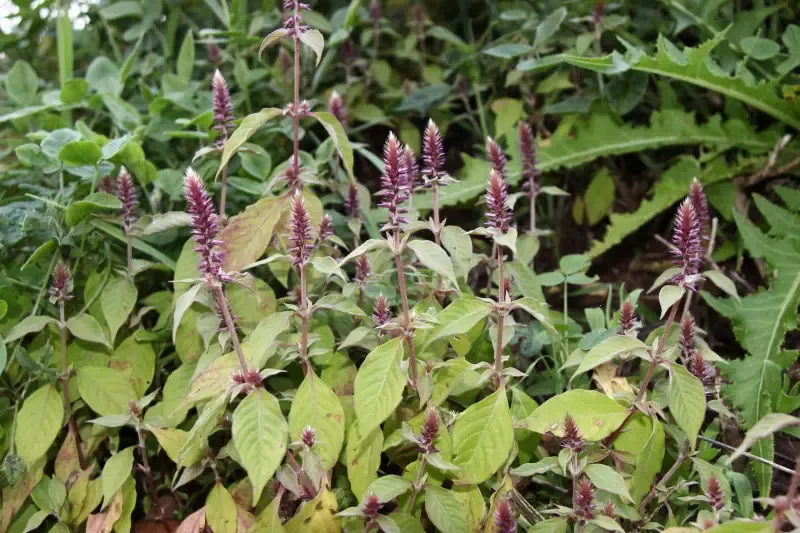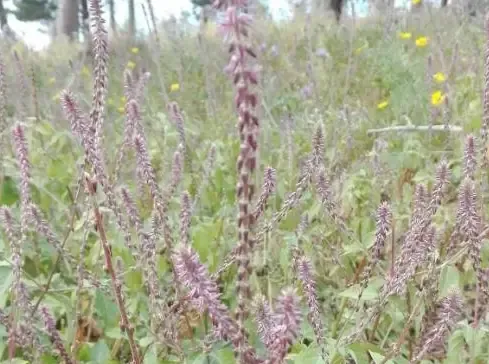Achyranthes sicula -Algeria’s Overlooked Wildflower Gem

Taxonomy:
|
While much attention goes to Algeria’s iconic Saharan cypress or wild thyme, few know about Achyranthes sicula ,a discreet yet fascinating member of Algeria’s native flora. This plant, sometimes classified as Achyranthes aspera var. sicula, is a botanical enigma hiding in plain sight.
Synonym:
· Achyranthesa aspera var.sicula
· Achyranthes Argentea lam
· Achyranthes aspera auct
Why you’ve never heard of it?
Unlike more famous Algerian wild plants, this species suffers from:
- Few scholarly articles or nature blogs cover it
- Identification confusion: Often mistaken for its cousin A. aspera
- Habitat secrecy: Grows in scattered, hard-to-reach locations
Algerian plant biodiversity mysteries
Ancient medicinal uses now forgotten
How to
identify it?
Leaves: Opposite, oval with wavy margins (unlike Achyranthes aspera)
Flowers:Greenish-white spikes that cling to clothing
Habitat: Rocky slopes and abandoned fields in Northern Algeria
Primary: Greenish-white to pale yellow
Distinctive Feature: Tiny flowers cluster on upright spikes with a texture (cling to clothing/fur).
Growth Form: Sprawling to semi-erect, often forming dense patches.
|
Type
Of Plant |
Life
Cycle |
Height |
Flowering
Time |
Altitude |
|
Herbaceous |
Perennial |
30 to 70 cm |
March to June |
50 - 1200 m |
|
Mediterranean |
Edible |
Color |
Abundance |
Toxicity |
|
Yes-rare |
Yes |
Greenish-white |
Non Common |
No |
Other
Common Name:
|
Arabic |
Berber/Targui |
English |
French |
Other Name |
|
dhil Elfar,Qatifa shouk |
ⵜⴰⵙⵍⵉⵜ ⵏ ⵉⵖⵔⴼ Taslit n ighref |
Devile's horsewhip |
Queue de rat |
prickly-chaff flower,abrojo rabo de gato |
Where to Find this wild plant in Algeria?
This rare plant in Algeria
favors:
The Kabylie region’s limestone outcrops
Abandoned olive groves near Constantine
Coastal cliffs east of Algiers
Pro Tip: Look for
its sticky seed pods attached to animal fur, nature’s tracking device.
The Forgotten Uses
While not currently listed among medicinal plants in Algeria, historical records suggest:
- Berber communities used its roots for wound healing
- Leaves may have served as famine food (wild edible plants alternative)
Related species:
Achyranthes aspera
Achyranthes aspera var.rubrofusca
Achyranthes aspera var. aspera
Achyranthes aspera var .pubscens
Achyranthes Sicula
- Achyranthes aspera var.sicula
· Achyranthes aspera auct
- Achyranthes argentea var.viridescens
- Achyranthesa aspera var.argentea
- Achyranthes aspera f.suffruticosa


















No comments: